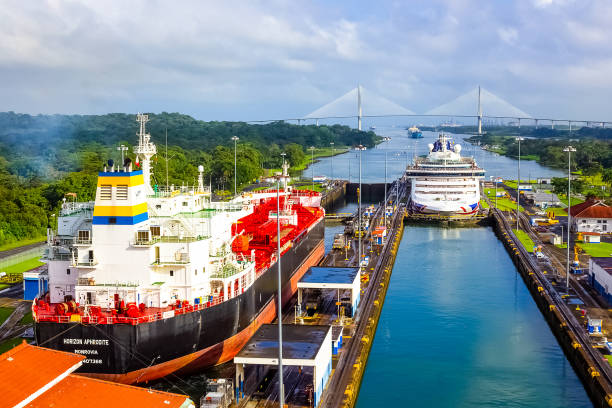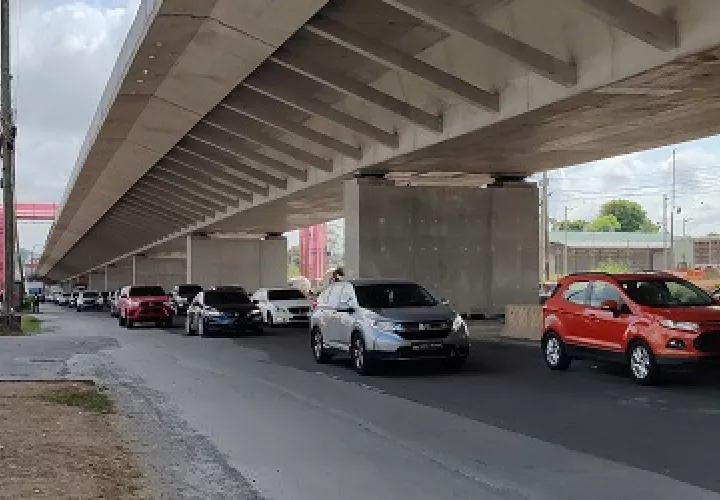The Panama Canal is Doing Much Better – Part 1

Panama Canal, Panama - December 7, 2019: A cargo ship entering the Miraflores Locks in the Panama Canal, in Panama
Why didn’t the Panama Canal lose money when ship crossings fell? A water shortage forced officials to reduce traffic, but higher fees increased revenue. Low water levels have forced officials to slash the number of ships that are allowed through the Panama Canal, disrupting global supply chains and pushing up transportation costs. But, remarkably, the big drop in ship traffic has not, at least so far, led to a financial crunch for the canal, which passes on much of its toll revenue to Panama’s government. That’s because the canal authority introduced hefty increases in tolls before the water crisis started. In addition, shipping companies have been willing to pay large sums in special auctions to secure one of the reduced numbers of crossings.
In the 12 months through September, the canal’s revenue rose 15 percent, to nearly $5 billion, even though the tonnage shipped through the canal fell 1.5 percent. The Panama Canal Authority declined to say how much money it earned from auctions. At a maritime conference in Stamford, Connecticut, Ilya Espino de Marotta, the canal’s deputy administrator, said the auction fees, which reached as much as $4 million per passage last year, “helped a little bit.” But even now, during a quieter season for global shipping, auction fees can double the cost of using the canal.
This month, Avance Gas, which ships liquefied petroleum gas, paid a $401,000 auction fee and $400,000 for the regular toll, said Oystein Kalleklev, the company’s chief executive. Auction fees are ultimately borne by the company whose goods are being shipped. The canal’s financial stability in the face of a dire water shortage shows how the people who manage crucial links in global supply chains are adapting as climate change disrupts operations. It also helps that there are no viable alternatives in Latin America to the canal, an engineering marvel that opened in 1914 and handles an estimated 5 percent of seaborne trade. Todd Martinez, a co-head for the Americas at Fitch Ratings who analyzes Panama’s government finances said “The good news is that the drought doesn’t have a terrible near-term impact on Panama’s public finances, because the canal has a lot of pricing power. Part 2 tomorrow….





